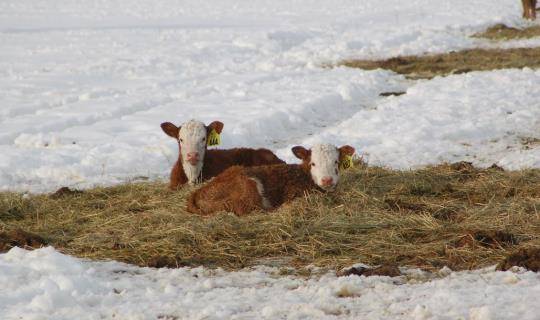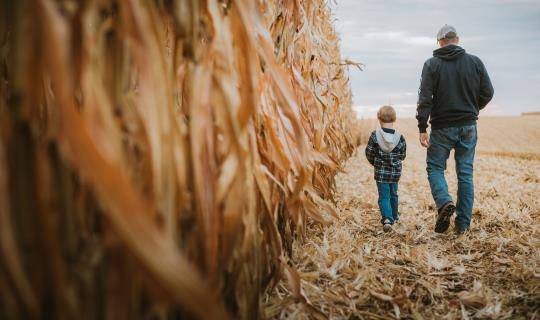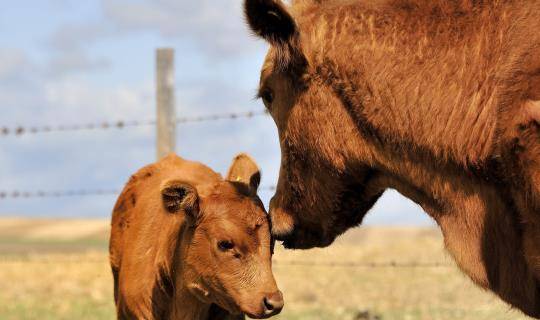Weaning: Strategies for success
By MWI Animal Health

Socially, calves rely on their mothers as a source of food and social direction; however, at weaning calves are forced to transition into a new social structure with peer groups.
Environmentally, two primary elements are new water sources and feedbunks. Calves must adapt from pasture forages to the textures, consistencies, and flavors of grain-based rations, while getting used to the sights and sounds of tractors, feeders, and humans.
Most of the sickness and death loss due to respiratory disease happens during this time. But a consistent health-care program, including appropriate vaccinations properly timed, boostered, and administered in advance of weaning, plus a pre-weaning diet balanced in protein, energy, minerals, and vitamins, helps bolster the calf’s immune system in order to help fight disease.
Weaning methods also make a difference; each operation is different but producers have proven that these practices work:

Fenceline weaning

Probably the most stressful component of the weaning process is the separation of the cow and calf. One alternative to reducing this behavior is to part cows and calves nose to nose though a fence. Producers who fenceline wean report favorable results, with cows and calves usually content enough to part for good by days 4–7. With this practice, cows and calves are maintained together for several days in a pasture with ample feed resources. Once separated the calves stay put in a familiar environment, while the cows are moved to an adjoining pasture or trap. The separation fence is the most important barrier and needs to be strong and tight. University studies conducted at the University of California-Davis and New Mexico State University indicate that fenceline-weaned calves exhibit fewer signs of distress versus their traditionally weaned counterparts, and continue a close-to-normal growth rate or even gain weight during the weaning process.


Two-step weaning

This practice uses a nose-flap, which prevents calves from nursing their mothers for a few days prior to separation

Pasture weaning
Pasture weaning offers a cost-effective alternative to conventional drylot weaning by keeping calves in a familiar environment and on a familiar diet. Pastures are usually cleaner and healthier for calves, but require an ample supply of good quality forage for newly weaned animals. If fenceline weaning isn’t possible, keep calves in the familiar setting and move cows to a new location, far enough away so they can’t hear their calves vocalize.
Creep feeding
Familiarizing calves to feed, or creep feeding ahead of time, is another method that sets calves up and keeps them eating throughout the weaning phase. Producers share that it takes creep-fed calves half the time it takes non-creeped calves to get on a complete ration for the simple fact they know what feed is.
Other considerations
- If weaning in a drylot or corral, place feed bunks, hay, or water troughs along the fence to minimize perimeter walking. Dust and bawling can irritate a calf’s upper respiratory tract, so minimize fence walking as much as possible.
- Make sure recently weaned calves have unrestricted access to a clean, abundant water source at all times.
- Monitor and manage feed bunks. Newly weaned calves need enough feed bunk space (18–24”) so that all can eat at one time. Avoid overcrowding as it causes stress and promotes disease spread.
- Consider feeding long-stemmed hay or feedstuffs familiar to calves. For many, weaning presents their first introduction to new feeds. A change in diet requires the growth of different rumen microbes to digest the feed, and this can take from 1–2 weeks for the organisms to adapt.
- If calves need to be handled, use low-stress handling methods. The way cattle are handled at loading and unloading can impact their stress level.
- If weather is warm, work cattle in early mornings, as they tend to hold their body heat, even well into early evenings.
- Dehorn and castrate well ahead of weaning stress, when calves are young and heal quickly.





